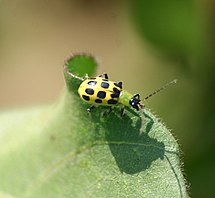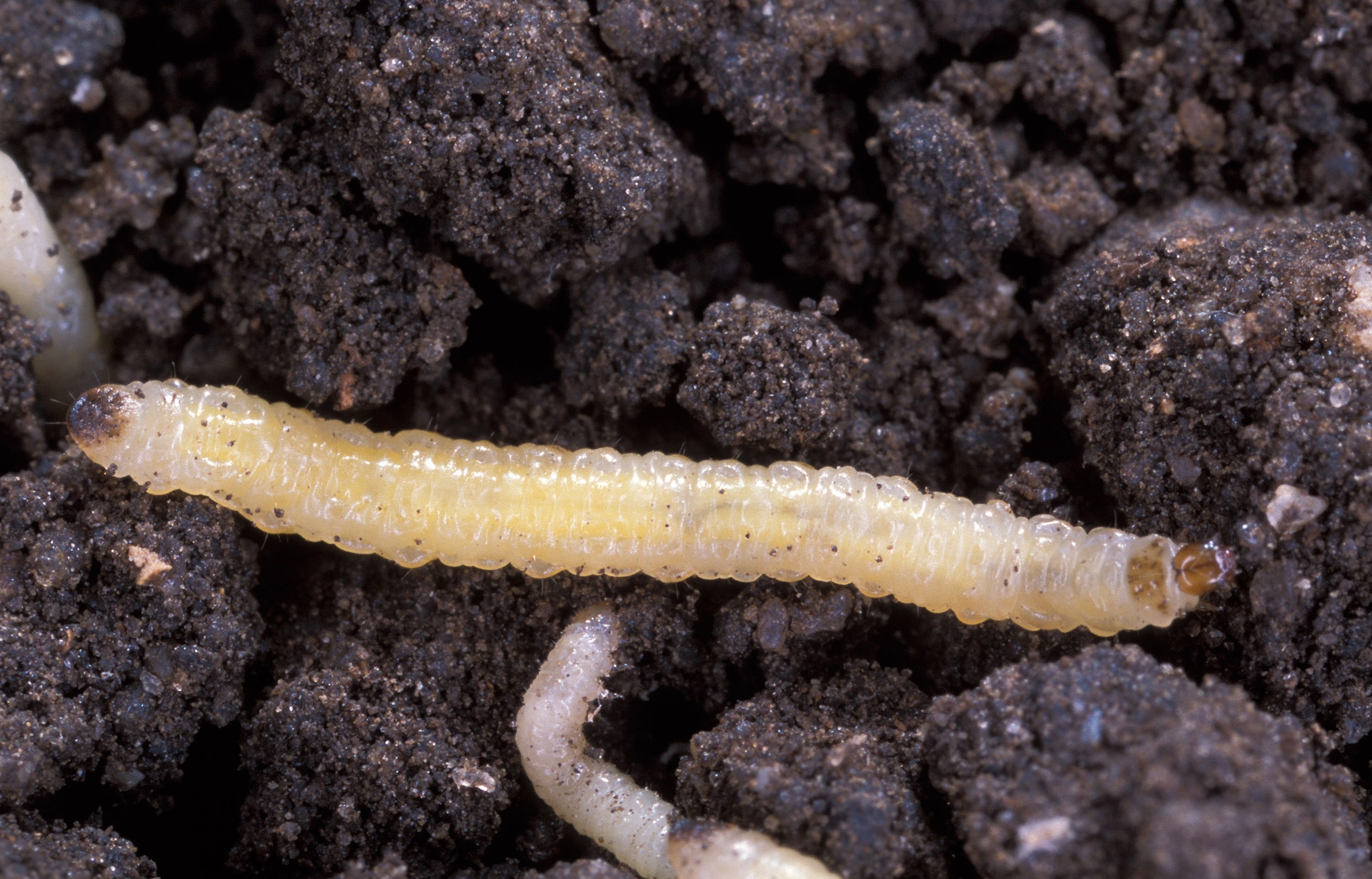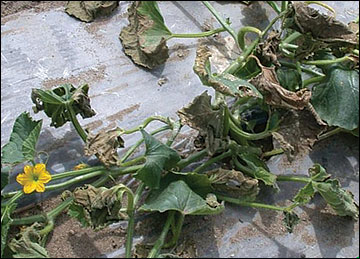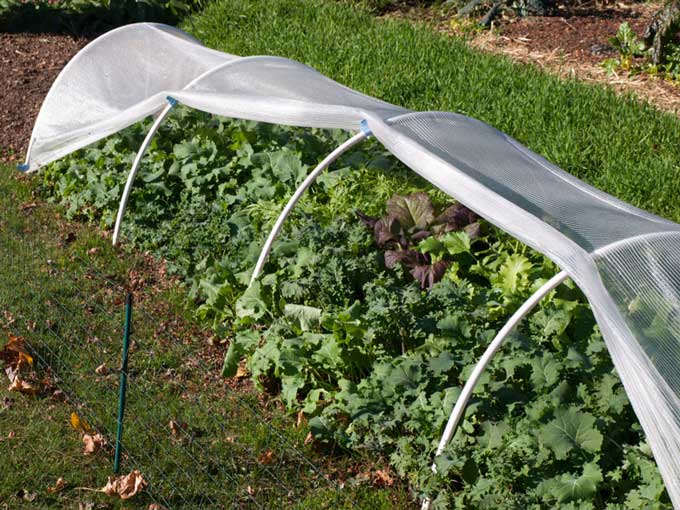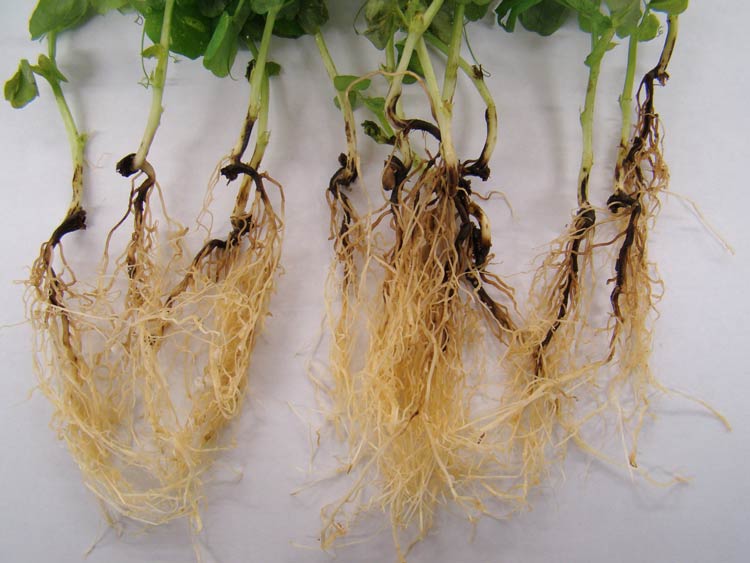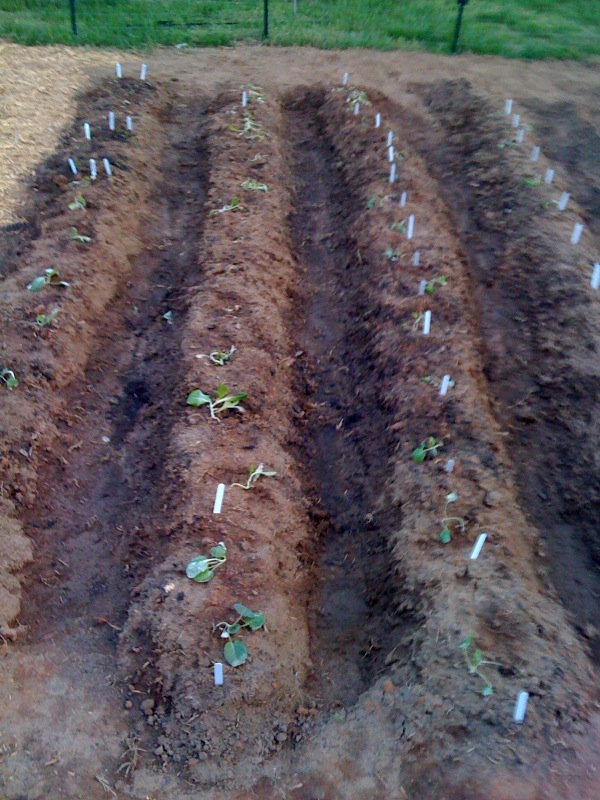For some of you, it's time to prune. Why prune?
- Prune to create one to four strong stems.
- Prune each stem to about the same length.
- Prune to keep the plant at a manageable size.
- Prune to keep leaves and stems off the ground by removing the leaves and stems below the first set of fruit.
- Prune so that leaves do not shade other leaves. (Sunshine must hit leaves for photosynthesis to occur. Photosynthesis is necessary for the production of plant sugars which are required for plant and fruit growth.)
- Avoid pruning away leaves above fruit clusters; these leaves protect fruit and stems below from sunburn.
- Prune to allow air circulation to the center of the plant. Air circulation helps deter diseases and insects.
Tomato plants are solar-powered sugar factories. Leaves produce sugar through photosynthesis. During the first month, growth is directed to new leaves. More leaves produce more sugar. When the amount of sugar produced is more than growing tip can use, then (1) new branches develop (with their own growing tips), (2) the more stems, the smaller the fruit, (3) flowers begin growing (will develop into fruit), (4) early pruning encourages stronger stem, and (5) the more branches, the more competition for sugar produced by leaves.
So how to do it?
 Start when plant is 12-18” tall. There are different levels of pruning.
Start when plant is 12-18” tall. There are different levels of pruning.- Prune any leaves that touch the ground. This is a must.
- #1 plus suckers.
- Everything below the first cluster of flowers plus #1, #2.
- #1, 2 and 3 above, plus all side stems to encourage one stem.
As the growing season proceeds it is normal for some of the
leaves to yellow and die. Snap or prune these from your plants,
as well. This will increase air circulation and sunlight to the rest
of the plant, and reduce the incidence of disease.
As you near the end the tomato season, your plants need to stop producing new fruit and leaves, and concentrate on ripening the fruit already on the vine. Help the plant to focus by topping or pinching out all of the growth tips. “Top” the plant 30 days before the first frost date (our earliest frost date is around the middle of October).
Pruning Hygiene
- Wash hands or wipe with rubbing alcohol or wipes to reduce chance of spreading disease when pruning infected plants.
- Wipe tools with rubbing alcohol between pruning for same reason.

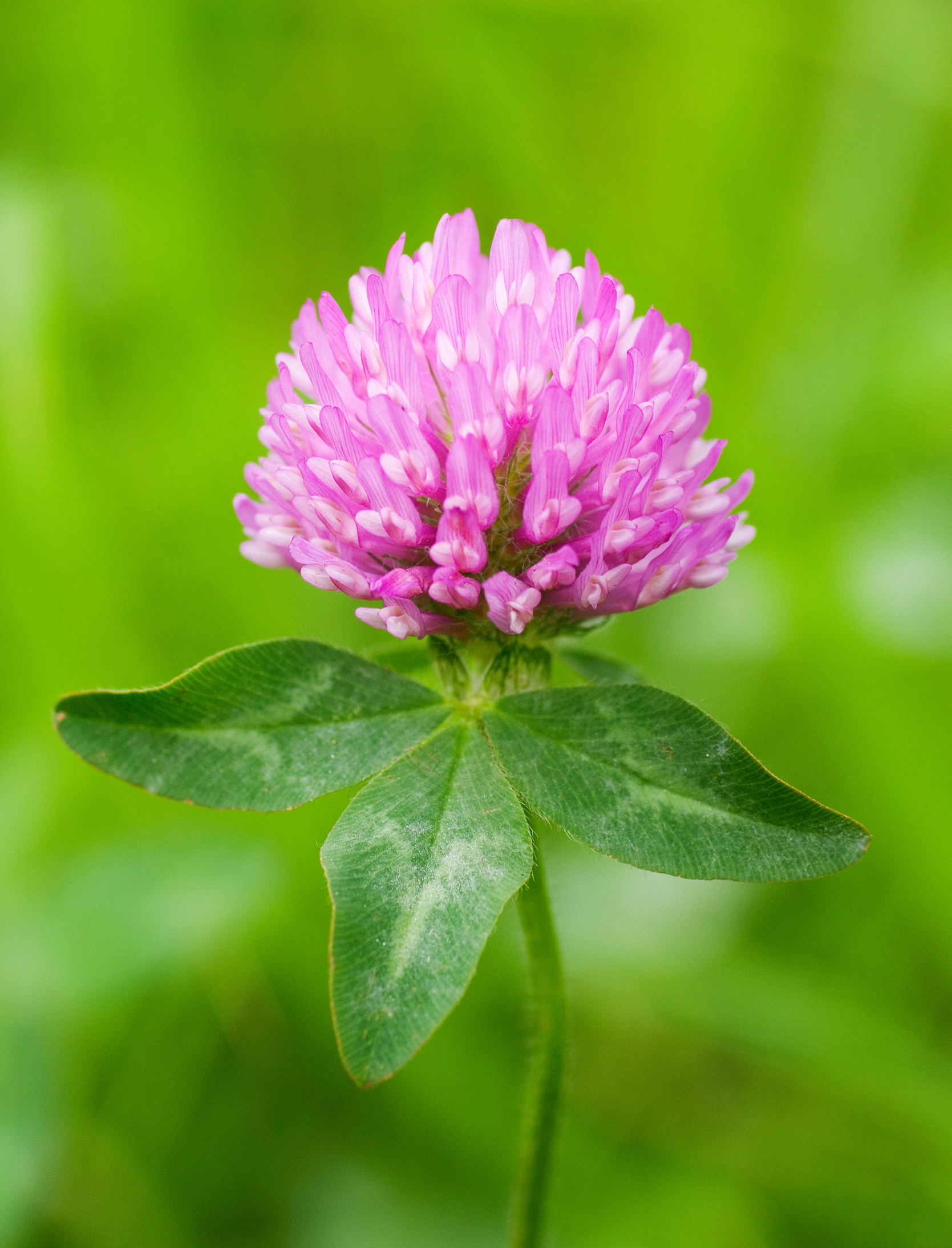

.jpg/640px-Ahosuolahein%C3%A4_(Rumex_acetosella).jpg)











